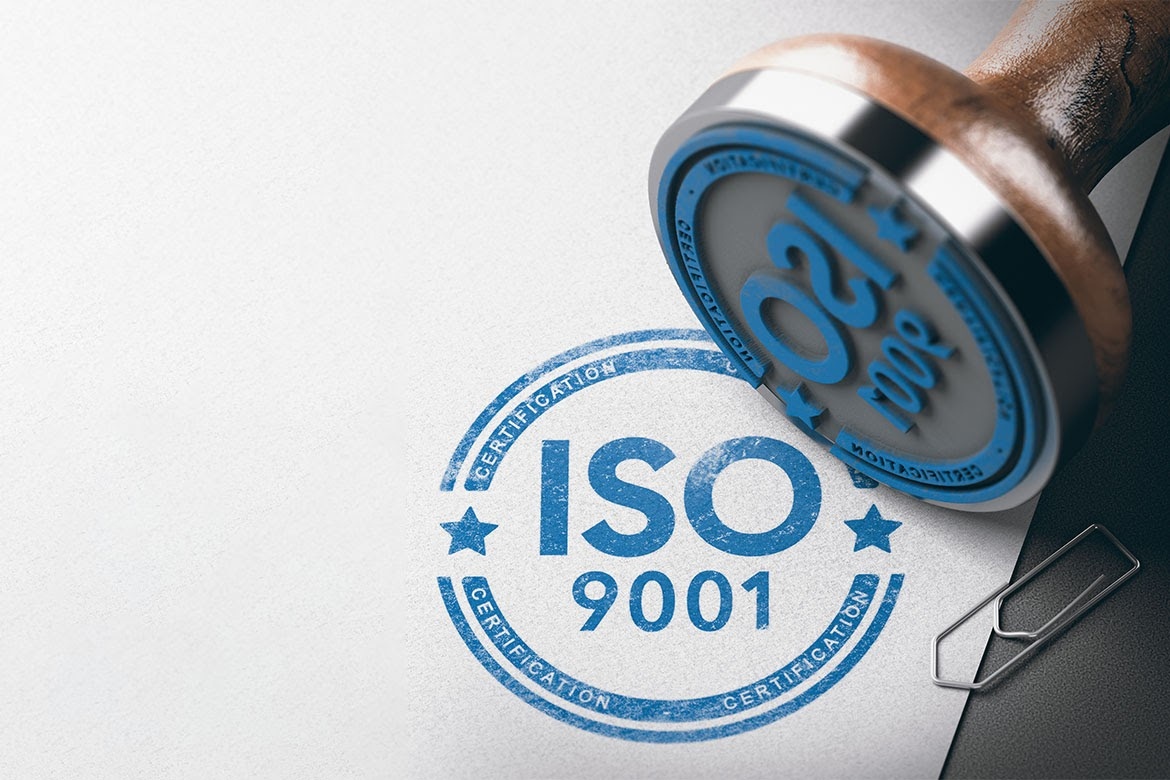Phone : 050 277 22 53
Email:
office@certifica.az

Audits in accordance with ISO standards are conducted to ensure that organizations operate in accordance with these standards. Audits serve to verify whether organizations are implementing their processes and operations in accordance with these standards. ISO audits are divided into two main types:
Internal Audits: These are audits carried out within the organization. These audits aim to verify whether the organization is operating in accordance with its rules and procedures. Internal audits help identify the organization's strengths and areas for improvement.
External Audits: These are audits carried out by a third party (certification body). These audits are carried out to ensure that the organization complies with ISO standards and is eligible to obtain internationally recognized certificates. As a result of this audit, the organization can receive an ISO certificate.
Benefits of ISO audits for organizations
Improvement of processes and operations: ISO audits assess the internal processes of the organization and provide improvement suggestions in terms of correct operation, efficiency and relevance. Audits identify weaknesses in an organization's operations and areas for optimization.
Risk management: Audits in accordance with ISO standards help an organization to identify potential risks in advance and prevent them. For example, ISO 9001 (quality management) and ISO 27001 (information security) audits allow organizations to identify quality-related problems and information security risks.
International recognition and reliability: ISO certification is internationally accepted and increases the competitiveness of organizations in the market. By passing ISO audits, organizations can demonstrate that they are a reliable and quality company to international customers and partners.
Legal and regulatory compliance: ISO audits ensure that organizations operate in accordance with existing laws and regulations. This helps companies avoid legal liabilities and protect them from fines.